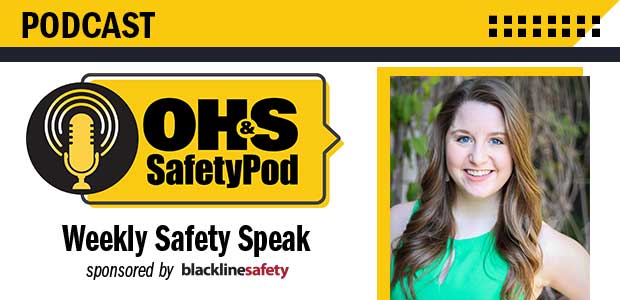
Episode 37
In this mini episode of the podcast, Editor Sydny Shepard discusses a new structural guide for fire fighting, the ASSP's new partnership with NECA and how states are dealing with the third wave of COVID-19.
Thanks to the advances in digital data capture and recording by sensors and devices, information is a commodity that is not in short supply.

Episode 36
In this Safety Speak episode of the podcast we will discuss Washington’s proposed regulation to protect workers from wildfire smoke, new surges in Coronavirus cases and decreases in the antibodies that create “virus immunity.” Towards the end, we will go in-depth on mental health in the age of COVID-19 – how employees might be at an increased risk for mental health issues and how employers can help.

Episode 30
In this Safety Speak episode of the podcast, Editor Sydny Shepard discusses a new alliance to protect against hazardous chemical exposure, OSHA’s updated Coronavirus FAQ, and newly published articles from the October issue of Occupational Health & Safety.
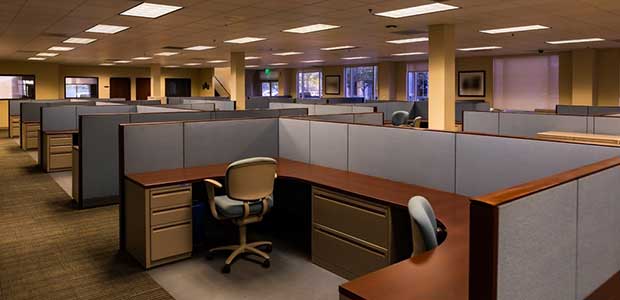
Determining the quality of indoor air begins with managing expectations, and having standards in place.
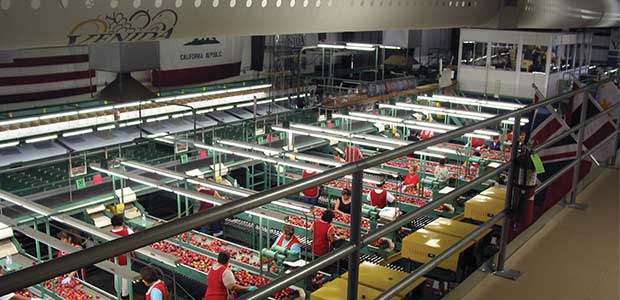
Air conditioning was cost prohibitive because of the mezzanine’s openness to the rest of the facility. However, evaporative cooling could operate less expensively than air conditioning and lower the mezzanine temperature.
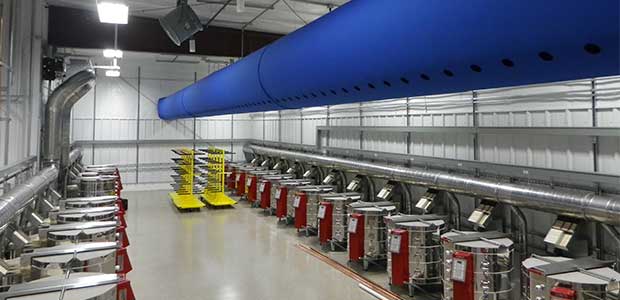
Good indoor air quality (IAQ) can mean a number of things. Here are some factors to consider when evaluating the safety of your air environment.
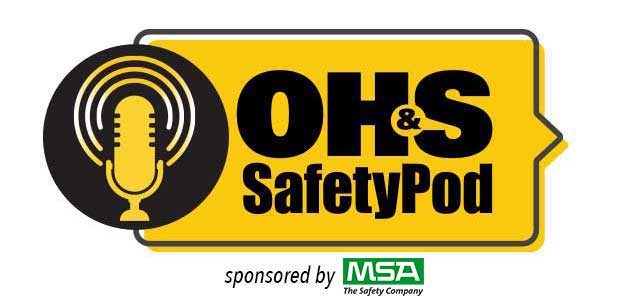
Episode 29
In this episode of the podcast, Editor Sydny Shepard and MSA's Jason Fox discuss what a connected worker is, how that fits into the safety industry and what it means for the future of gas detection.
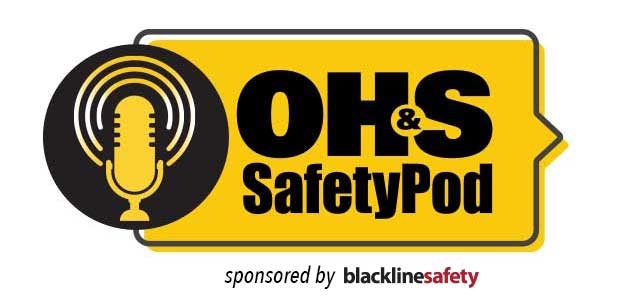
Episode 26
Editor Sydny Shepard discusses all things hazards, standards and training regarding confined spaces with guest Chris Koester, consultant and owner with Priority One Safe-T, an emergency response and standby rescue services and training firm for industrial and manufacturing companies.
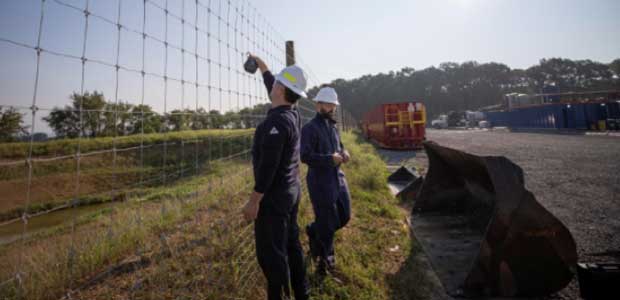
Here is a list of 10 must-haves of in an area-monitoring solution for a successful gas detection program.
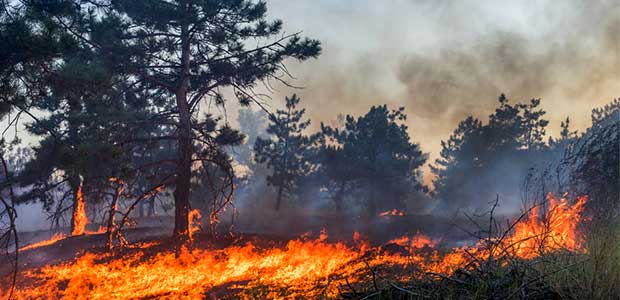
A Montana study has found a link between intense wildfire seasons and a high number of flu cases.
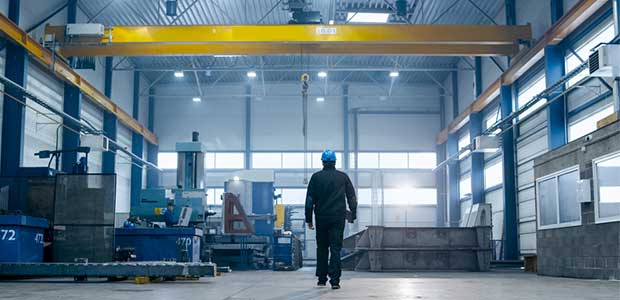
Technological advancements in monitoring methods—especially personal monitoring equipment—have presented unintended possibilities for aiding in the fight against COVID-19 in the workplace.
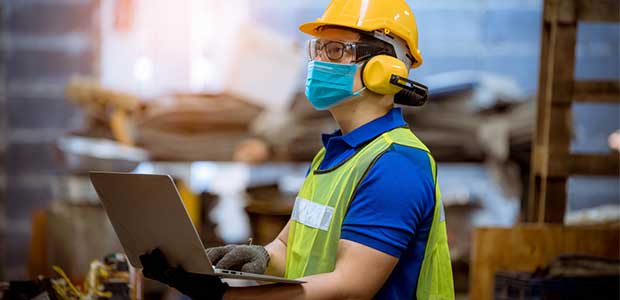
Did you know that the ANSI/ASSP Z10.0 Standard provides a framework for OHS management and industrial hygiene? Here are some tips on how to leverage this standard to better safeguard your workers.

The oil and gas industry is an inherently hazardous business.

OHS practitioners must expand their knowledge and programs to account for industrial hygiene.
OEHS professionals offer free educational guide and resources for emergency responders.
On-duty firefighters have an increased risk of experiencing exposure to PAHs, which are a family of chemicals known for their potential to cause cancer.
At production sites, workers often interact with production processes and equipment such as pumps, furnaces and others. These pose numerous HSE hazards and a lack of basic understanding of their operations could lead to mishaps—sometimes with major consequence.
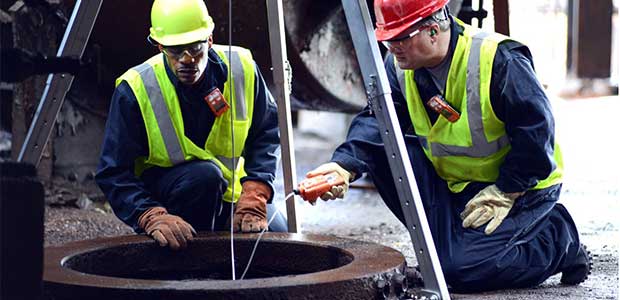
Wireless gas detectors are changing the way we work in confined spaces.
At the Virtual AIHce EXP 2020, the American Industrial Hygiene Association unveiled that its brand evolution—titled simply AIHA—will now be tailored to help specifically occupational health and safety science professionals, rather than industrial hygienists. Read the press release below.